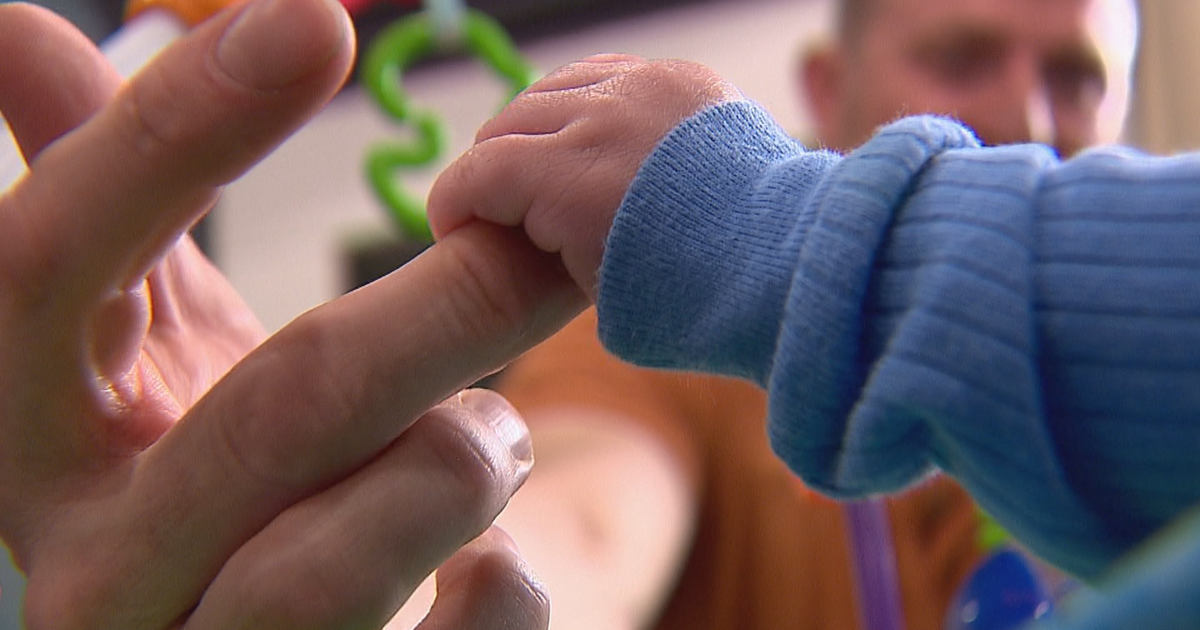Colorado Supreme Court Discusses Legislative Districts
DENVER (AP) - The Colorado Supreme Court heard arguments Wednesday on newly proposed legislative districts aimed at making a third of state races competitive in 2012 and could redefine the makeup of the split Legislature for years to come.
The maps approved in September by an 11-member bipartisan commission made competitiveness a point of focus, but that has upset groups who say cities and counties were unnecessarily split as a result.
Consideration of the maps by the state's highest court is a normal part of the once-a-decade process to redraw legislative districts to account for population changes.
"Virtually all the members of the commission were interested in creating competitive districts within the limits of the Constitution," said David Fine, an attorney arguing on behalf the panel that adopted the maps.
The proposed maps have the potential to shake up the balance of power in the Legislature, where Democrats currently have a five-seat advantage in the state Senate, and Republicans hold a one-seat edge in the House.
But several groups objected to the proposed maps, including representatives from some of the state's largest counties, such as Arapahoe, Jefferson, Weld, Douglas and El Paso counties.
Robert McGuire, whose clients include El Paso and Douglas counties, said the commission's splitting of cities triggered more splits. McGuire called that a piranha approach.
"Once blood is drawn, it shouldn't be fair game to then dismember a city," he said.
Jason Dunn, the attorney for Colorado Citizens for Fair Representation, urged the court to reject the maps and send them back to the commission, "with instructions to maximize the number whole county districts and minimize the number of city splits."
The court will issue a written ruling in the coming weeks. Finalized maps must be submitted to the Colorado Secretary of State's office by Dec. 14.
Members of both political parties have said the maps give Democrats and Republicans a shot at winning either legislative chamber, but Republicans have also contended that Democrats will have a slight edge if the proposed districts are adopted.
The maps were drawn by Mario Carrera, the only unaffiliated member and chairman of the commission that met several times during the summer and traveled the state to hear public input. Carrera, the vice president and general manager of Entravision Communications in Colorado, noted when he presented the maps that about a third of the state is unaffiliated and that both parties should have to work hard for votes.
A competitive district was defined by the commission as one where candidates were within 10 percentage points of each other in the 2010 statewide treasurer's race. Districts where parties where within 5 points of each other were considered highly competitive.
Carrera said that of the 33 competitive seats, 17 are considered highly competitive -- seven in the Senate and 10 in the House.
Supreme Court justices asked the commission's attorney to explain why the proposed maps took competitiveness into account, since that factor is not included in the constitutional criteria for drawing new districts. The guidelines include keeping cities, towns and communities of interest together and avoiding diluting minority voting power.
Fine said the commission's maps achieve competitiveness while meeting constitutional the criteria.
The proposed maps also reflect the Hispanic population's explosive growth since 2000 in Colorado. Of the 100 seats in the Legislature, 24 would be districts where at least 30 percent of voters are Hispanic.
- By Ivan Moreno, AP Writer
(© Copyright 2011 The Associated Press. All Rights Reserved. This material may not be published, broadcast, rewritten or redistributed.)



